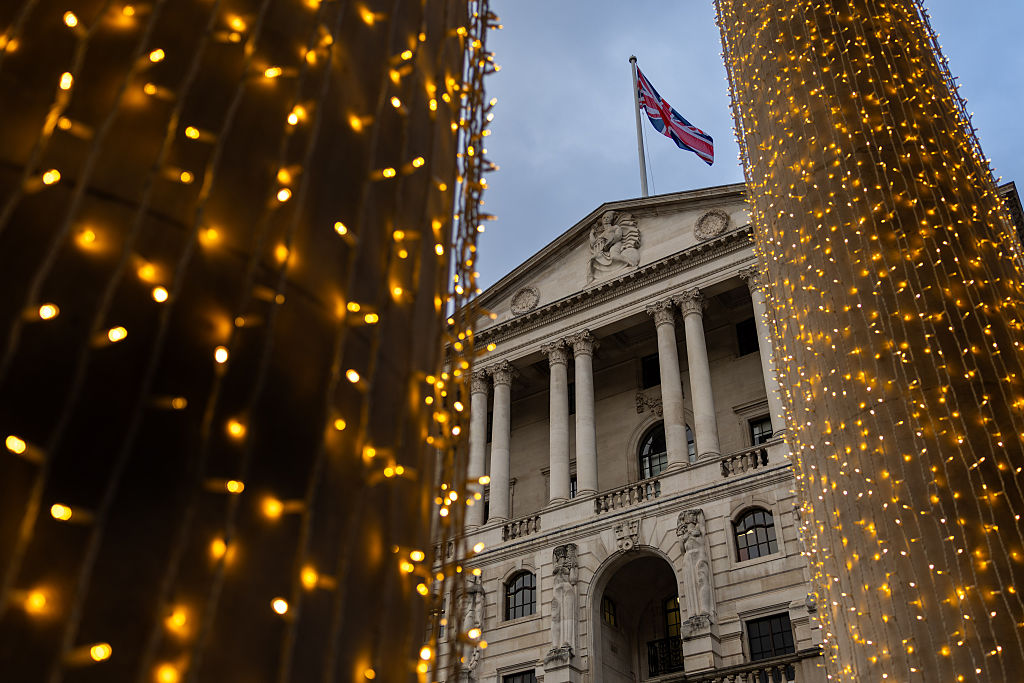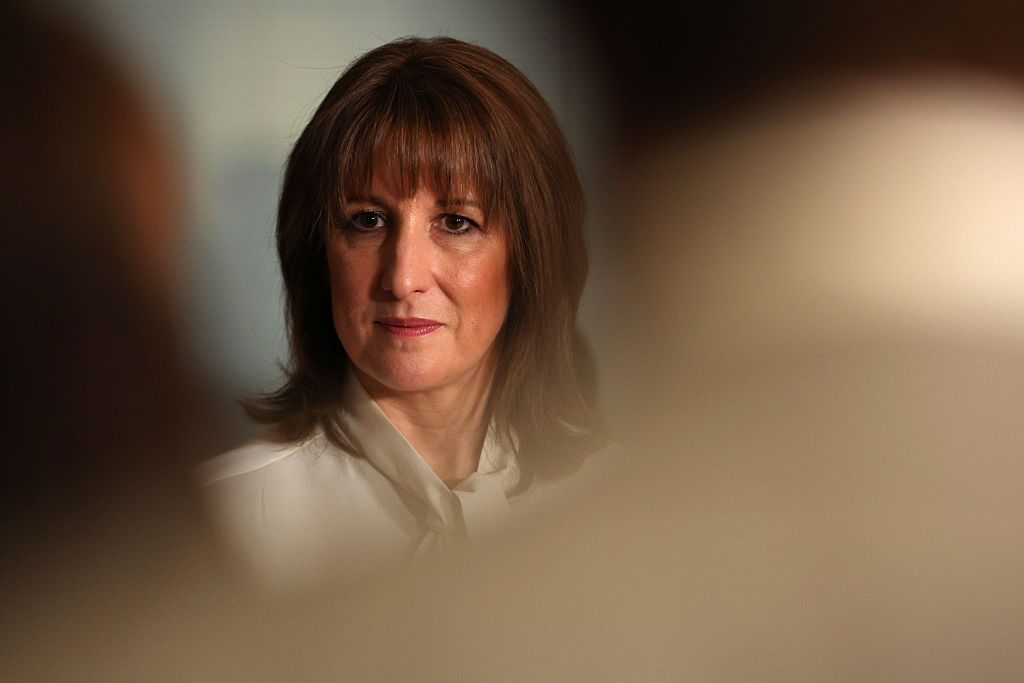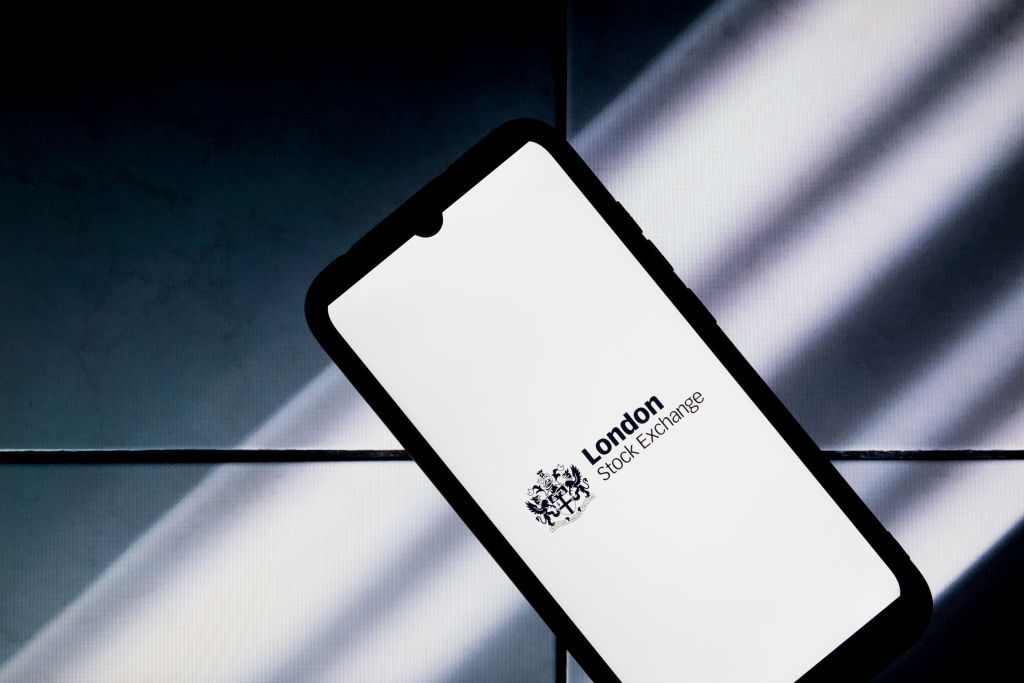Prepare yourself for negative interest rates
There is a lot of talk about negative interest rates coming to the UK. They're a terrible idea, says Merryn Somerset Webb.

A few weeks ago, I told you that the best place for your spare cash was an NS&I account. I was wrong. I thought you’d be getting 1% with a Direct Saver account – but you won’t. You’ll be getting 0.15%. My apologies to anyone who (as I did) wasted their time signing up. The only consolation I can offer (it isn’t much) is that in the not-too-distant future you might think 0.15% not that bad. The Bank of England is currently looking at how to impose negative interest rates in the UK. The Bank’s chief economist Andy Haldane insists there is no plan to actually do so – this is just about having it in the “monetary policy handbook”. We hope he is right. A mere five years ago, the very idea that instead of being paid to keep cash in the bank, you should be charged for doing so, would have been viewed as nuts. Now it is commonplace. Central banks reckon that the lower interest rates go, the easier it is to generate inflation. If we have to pay to save, we’ll spend instead. And if we are paid to borrow, we’ll borrow lots and spend that too.
The problem is that it doesn’t seem to work. Super-low and negative rates are miserable for savers. They make them want to save more, not less, in order to end up with enough to finance their futures. Save £1,000 a year at a rate of -2% for 20 years and you’ll have £16,950 at the end. Need £20,000? You’ll have to save more like £1,200 a year, or a total of £24,000. Nuts.
They are miserable for defined benefit pension funds, who calculate how healthy their assets look relative to their liabilities, based on bond yields. The lower yields go, just like the savers mentioned above, the more cash they have to shovel in. Imagine how that translates into the behaviour of the pension fund’s sponsoring firm. If your obligations to previous employees’ retirement payments seem infinite, how can you prioritise wages for today’s staff or indeed, investing in your business? Negative rates are also miserable for bank margins (and distasteful as their behaviour often is, we do need healthy banks) and for anyone who cares about inequality (asset bubbles are an inevitable consequence of more-than-free money). They also have so far proven useless at creating inflation.
MoneyWeek
Subscribe to MoneyWeek today and get your first six magazine issues absolutely FREE

Sign up to Money Morning
Don't miss the latest investment and personal finances news, market analysis, plus money-saving tips with our free twice-daily newsletter
Don't miss the latest investment and personal finances news, market analysis, plus money-saving tips with our free twice-daily newsletter
Most people know intuitively that negative rates are wrong. Paper money has been around for about 1,000 years. No one, as far as we know, has ever offered negative nominal rates before. Given that and given what an awful policy tool they are (as shown by Japan and the eurozone) why the conversation in the UK now? It smacks of a classic example of “something-must-be-done-ism” – the act of introducing an obviously awful policy in a bid to be seen to be acting decisively, to solve a problem it may not be within your gift to solve (a bit perhaps like using endless lockdown to “eliminate” Covid).
Bad policy is a part of modern life. Negative nominal rates may or may not happen. Negative real rates (interest rates lower than inflation) are a given. If holding cash bears an actual cost, the opportunity cost of holding traditionally non-yielding assets disappears. So monitor the prices of art (even Banksy prices keep rising), brown furniture (it may finally be worth something), gold and silver. NS&I and the Bank of England might have let you down, but your grandmother’s tarnished teapot might be about to come into its own.
Get the latest financial news, insights and expert analysis from our award-winning MoneyWeek team, to help you understand what really matters when it comes to your finances.
Merryn Somerset Webb started her career in Tokyo at public broadcaster NHK before becoming a Japanese equity broker at what was then Warburgs. She went on to work at SBC and UBS without moving from her desk in Kamiyacho (it was the age of mergers).
After five years in Japan she returned to work in the UK at Paribas. This soon became BNP Paribas. Again, no desk move was required. On leaving the City, Merryn helped The Week magazine with its City pages before becoming the launch editor of MoneyWeek in 2000 and taking on columns first in the Sunday Times and then in 2009 in the Financial Times
Twenty years on, MoneyWeek is the best-selling financial magazine in the UK. Merryn was its Editor in Chief until 2022. She is now a senior columnist at Bloomberg and host of the Merryn Talks Money podcast - but still writes for Moneyweek monthly.
Merryn is also is a non executive director of two investment trusts – BlackRock Throgmorton, and the Murray Income Investment Trust.
-
 What are my retirement income options?
What are my retirement income options?We’re all told to save into a pension, but there’s widespread confusion about how to take an income from our savings and investments at retirement, a new study has found. We look at your retirement income options.
-
 UK interest rates: will the Bank of England lower rates?
UK interest rates: will the Bank of England lower rates?The Bank of England’s Monetary Policy Committee’s (MPC) final interest rates meeting of the year takes place tomorrow (18 December) and most experts expect a cut
-
 Renewable energy funds are stuck between a ROC and a hard place
Renewable energy funds are stuck between a ROC and a hard placeRenewable energy funds were hit hard by the government’s subsidy changes, but they have only themselves to blame for their failure to build trust with investors
-
 The war dividend – how to invest in defence stocks as the world arms up
The war dividend – how to invest in defence stocks as the world arms upWestern governments are back on a war footing. Investors should be prepared, too, says Jamie Ward
-
 Did COP30 achieve anything to tackle climate change?
Did COP30 achieve anything to tackle climate change?The COP30 summit was a failure. But the world is going green regardless, says Simon Wilson
-
 Rachel Reeves's punishing rise in business rates will crush the British economy
Rachel Reeves's punishing rise in business rates will crush the British economyOpinion By piling more and more stealth taxes onto businesses, the government is repeating exactly the same mistake of its first Budget, says Matthew Lynn
-
 Leading European companies offer long-term growth prospects
Leading European companies offer long-term growth prospectsOpinion Alexander Darwall, lead portfolio manager, European Opportunities Trust, picks three European companies where he'd put his money
-
 How to capitalise on the pessimism around Britain's stock market
How to capitalise on the pessimism around Britain's stock marketOpinion There was little in the Budget to prop up Britain's stock market, but opportunities are hiding in plain sight. Investors should take advantage while they can
-
 London claims victory in the Brexit wars
London claims victory in the Brexit warsOpinion JPMorgan Chase's decision to build a new headquarters in London is a huge vote of confidence and a sign that the City will remain Europe's key financial hub
-
 The consequences of the Autumn Budget – and what it means for the UK economy
The consequences of the Autumn Budget – and what it means for the UK economyOpinion A directionless and floundering government has ducked the hard choices at the Autumn Budget, says Simon Wilson
